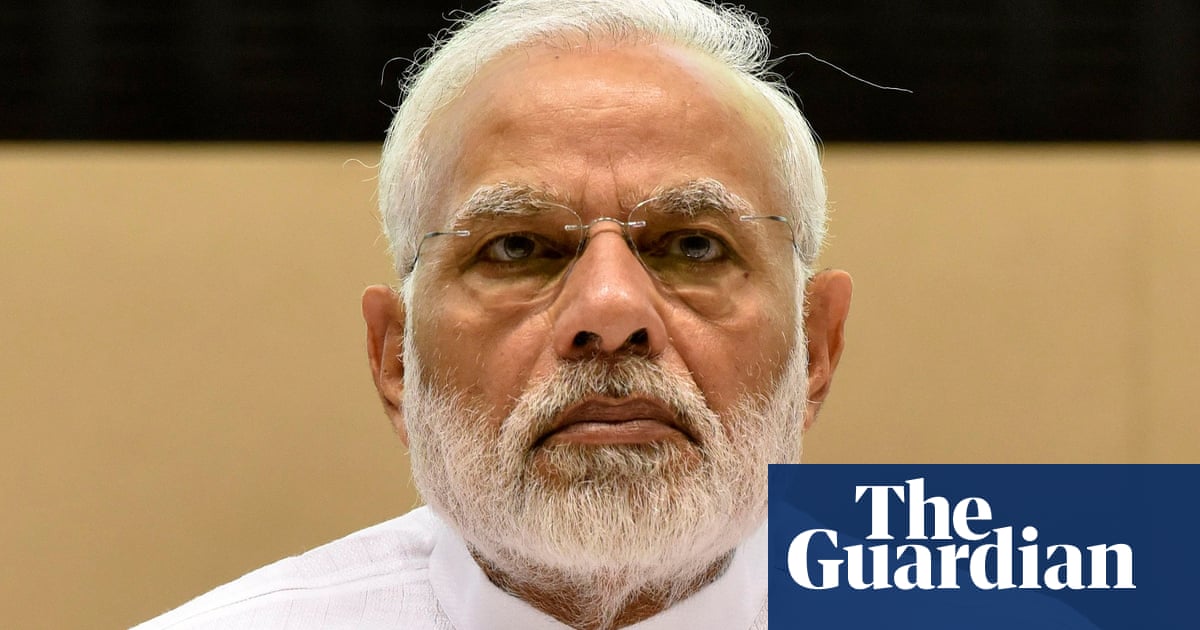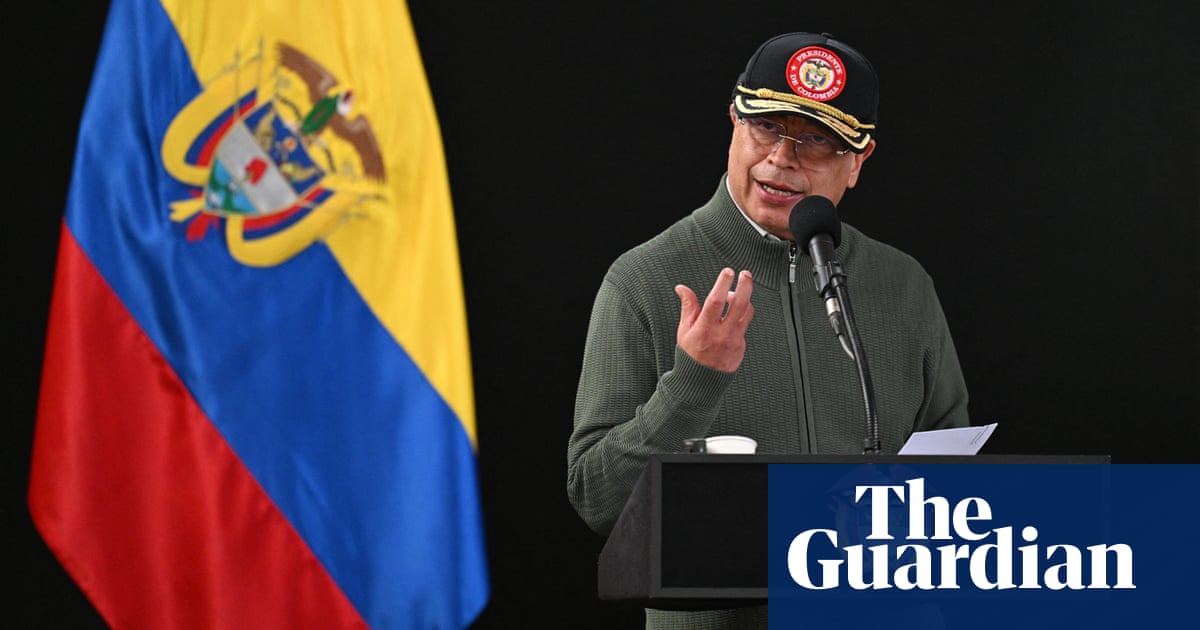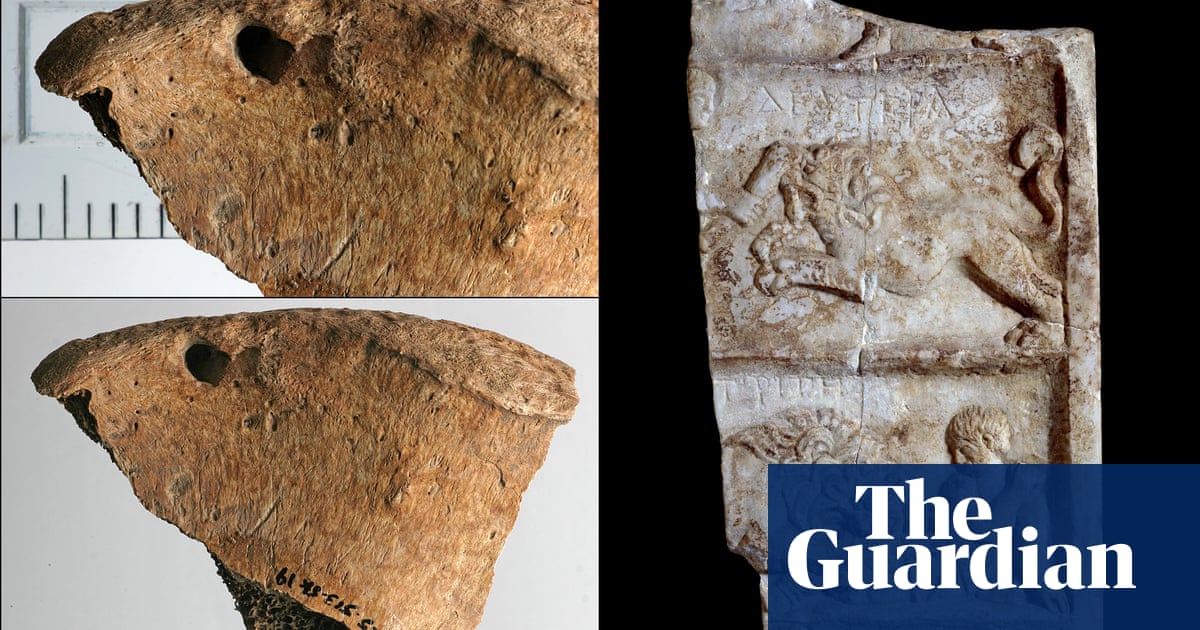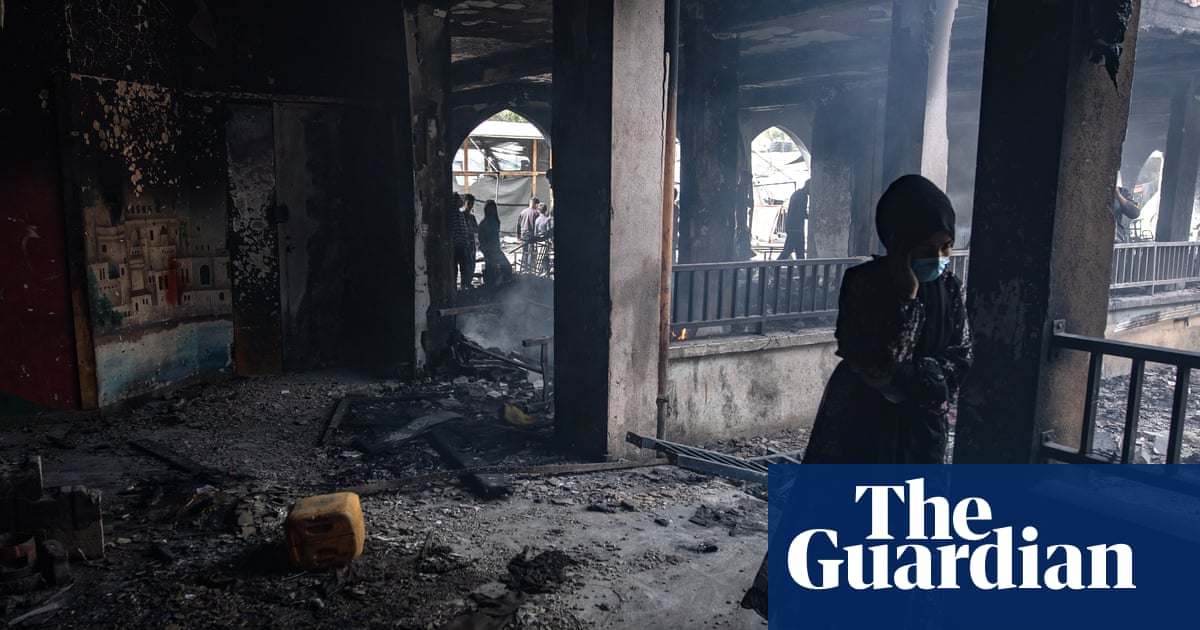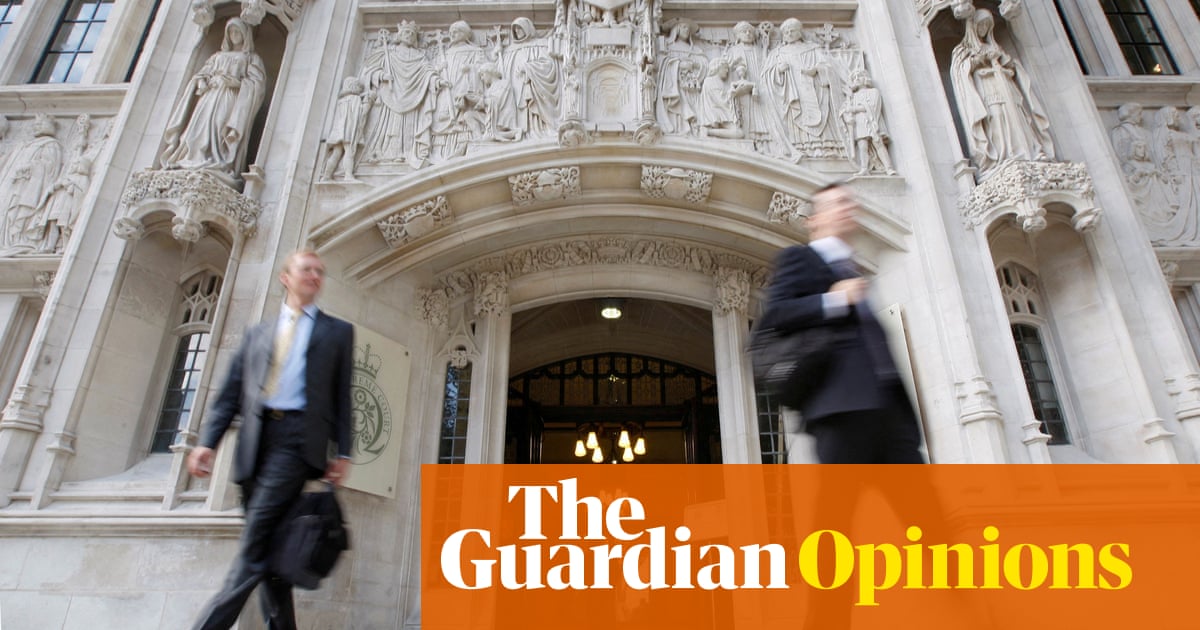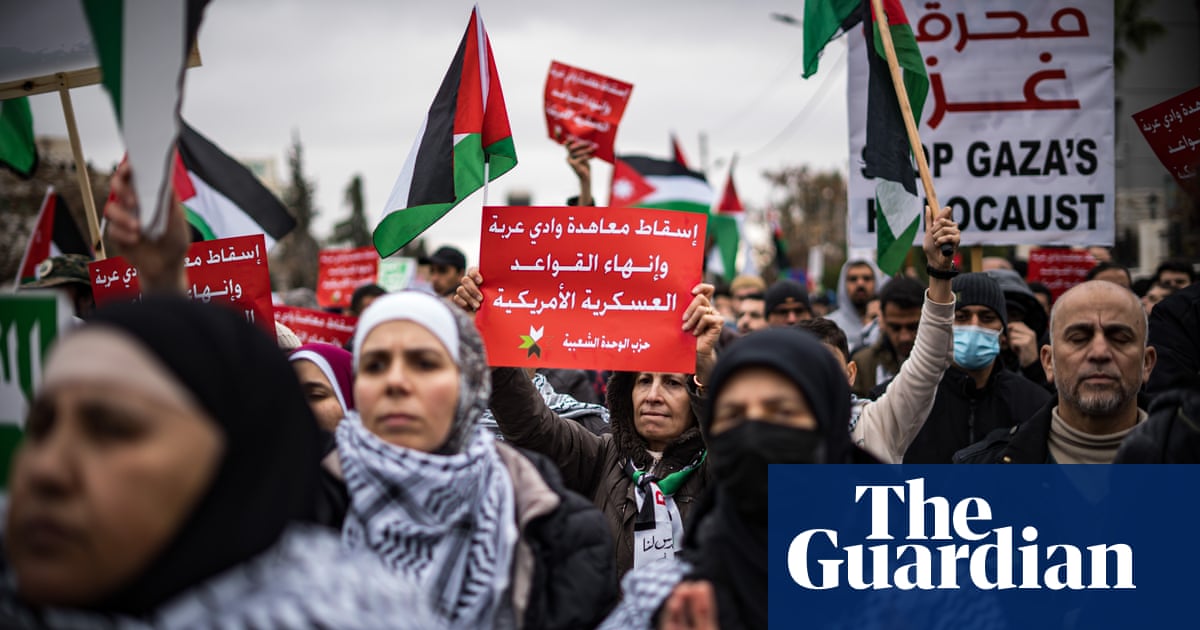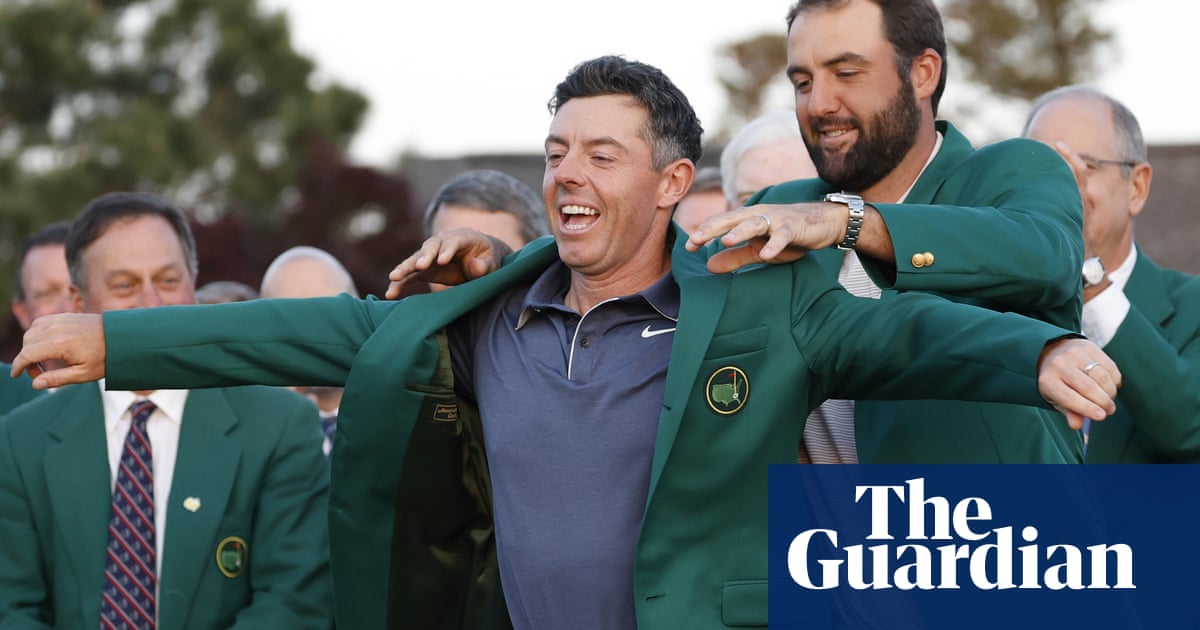The use of lethal force by SAS soldiers who shot dead four members of the IRA in 1992 in an ambush in County Tyrone was not justified or reasonable, a judge at an inquest has ruled.
Northern Ireland’s presiding coroner, Mr Justice Michael Humphreys, also found that the soldiers had lied by saying there was a gun battle and they were attacking in self-defence, and that state agencies had perpetuated this falsehood.
Four Provisional IRA members – Kevin Barry O’Donnell, 21, Sean O’Farrell, 23, Peter Clancy, 19, and Daniel Vincent, 20 – were shot dead by the soldiers minutes after they had carried out a gun attack on Coalisland Royal Ulster Constabulary station.
The special forces opened fire as the men arrived at St Patrick’s church car park in a stolen lorry they had used in the police station attack. The SAS unit had been waiting behind a hedgerow for the gang to arrive after the security forces received intelligence that they would travel to the church.
The inquest into the circumstances of the killings, which opened in 2023, heard that the soldiers fired up to 570 rounds at the lorry without warning.
In statements given after the killings, the soldiers claimed there had been a gun battle and they had opened fire to protect themselves and colleagues.
Humphreys, who is also a high court judge, said these statements were untrue. He found that the IRA members were attempting to get out of the lorry and run away and they could not have posed a threat.
O’Donnell was shot in the back while attempting to flee and then again in the face while lying incapacitated on the ground.
Humphreys rejected claims by Soldiers F and H that they had an honest belief they needed to use force. It “must have been obvious to them” that O’Donnell presented no viable threat.
Clancy was shot when he attempted to run away and was then repeatedly shot in a crouched or kneeling position on the ground, the inquest found.
Vincent was shot seated in the cab of the lorry and then again when lying incapacitated across the seat of the lorry through its open doors.
O’Farrell was shot in the back while running away and then in the face while lying on the ground incapacitated.
Humphreys said the soldiers did not have an honest belief that it was necessary in order to prevent loss of life. The judge noted there was no attempt to arrest the four men, including after they were wounded in the ambush.
Humphreys also criticised state agencies, including the Ministry of Defence and government ministers, after they “perpetuated falsehoods” about the killings.
He cited an MoD document that described the ambush as “an excellent security forces success”.
The judge said these falsehoods and a lack of challenge by the authorities had thwarted accountability for the incident. He said: “The reasons for putting forward such false justifications for the actions of the soldiers are obvious. This, coupled with any lack of proper challenge of their accounts by the Royal Ulster Constabulary (RUC) investigators, ensured there would be no actual accountability.”
He noted that the media falsely reported that there had been a gunfight based on briefings from the authorities. Humphreys said: “No steps were taken to rectify this and ensure that the public were made aware of a true account of events.”
He added: “Indeed, in submissions made to the inquest, wholly implausible attempts continue to be made to assert that members of the Provisional IRA unit opened fire at the car park. This demonstrably did not happen.”

.png) 2 months ago
30
2 months ago
30






